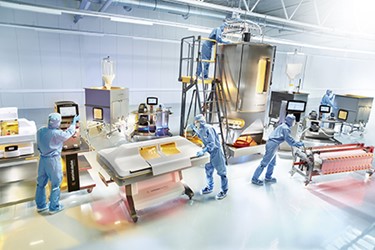Integrated Tools For Upstream Process Intensification: Part I

Changes to bioprocessing methodologies in the biopharmaceutical industry are being driven by the need for increased speed, a lower cost of goods (COGs) and greater flexibility. Faster development times are required to progress biologics and vaccines more rapidly into clinical development and then to market to improve worldwide accessibility.
Twinned with this is the need to reduce the COGs of biologics by 90%, says industry body Biophorum Operations Group (BPOG), to make them affordable for growing numbers of people globally.1 These two drivers have led to the requirement of greater flexibility when designing manufacturing facilities that can accommodate a growing range of different types of biologics and can be reconfigured easily to accommodate the high attrition rates of monoclonal antibody (mAb) or gene therapies in clinical trials (only one in 10 mAbs and even fewer gene therapies will be successfully licenced for patient use). To meet these challenges, the biopharmaceutical industry is adopting strategies such as intensified and continuous processing that regulatory bodies such as the US FDA are endorsing as they believe this will help to achieve higher product quality while making new therapies more affordable.
For intensified and continuous bioprocessing to deliver on these quality and productivity promises, there is a requirement for intelligently designed products; Sartorius Stedim Biotech (SSB) has, in partnership with the biopharmaceutical industry, developed a toolbox of technologies that are discussed in detail in this article.
Get unlimited access to:
Enter your credentials below to log in. Not yet a member of Life Science Leader? Subscribe today.
